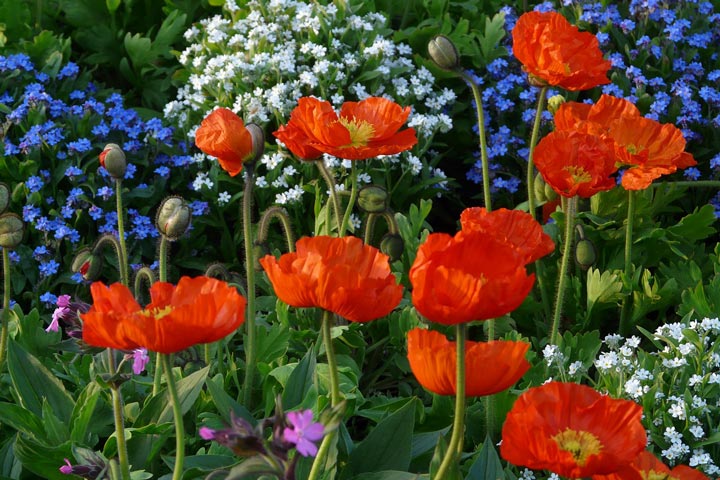
Tips How to Create a Wildflower Garden
Wildflowers can be an excellent low-cost and low-maintenance option for your garden. Like any garden, some set up is required at first. But with some basic planning and preparation, you can create a beautiful wildflower garden that will flourish for years to come.
Why go wild?
In order to highlight the value and benefits of wildflowers, the first week of May is designated as National Wildflower Week in the United States.
A wildflower garden is lower-maintenance than a traditional ornamental garden because you don’t need to spend as much time keeping it tidy. It requires less mowing and fossil fuel input. You also don’t need to apply any pesticides or synthetic fertilizers because wildflowers are typically pest-resistant and do well in a variety of soils.
In addition, wildflowers tend to be drought-tolerant and require less water than many of their cultivated cousins. Wildflower gardens can also provide valuable habitat for pollinaters and other beneficial insects and wildlife, as well as preventing soil erosion.
Preparation
1. Site
A few points are helpful to consider before planning your wildflower garden:
- How large is your space? You could have mass plantings on a rural property, whereas a small patch of flowers is more apt for a city lot.
- What direction is your garden facing? The amount of sun it gets throughout the day will affect how you use it and what to plant. Overall, a sunny location is best for wildflowers.
- What is your purpose for the site? Determine if you want a purely wild space or if you’d prefer walkways and seating areas where you and visitors can appreciate it.
Your wildflowers will have the best start possible if you remove all existing vegetation from the planting area. Otherwise, it’s easy for weeds to take over and choke out your wildflowers.
The easiest ways to do this is either physically with a shovel or sod remover, or by a process called solarization. To solarize the area, mow it as short as you can, water it well, then cover it with a layer of thick plastic sheeting. Leave it in place to bake for 6 to 8 weeks. It will be obvious when it’s done as any previous plant life underneath will be brown and dead. You can remove the plastic and clear away the debris.
2. Soil
Have a close look at your soil on the site. If the soil is low in organic matter, perennials are a good choice. These are plants that come back each year. Poorer soils will allow the perennials time to establish and get the upper hand over many aggressive weeds.
Annual plants are more appropriate if you have soil that’s rich with nutrients. Annuals last for only one growing season and die over winter. They are usually fast-growing enough to compete on their own against weeds.
Either way, start by tilling the surface of the soil to a depth of 3 inches or less to break it up for easier planting. You can do this by hand with a shovel or use a mechanical tiller for larger areas. It’s beneficial to work some bone meal or rock phosphate into the soil as you till to encourage root development in the seedlings.
You can also add lots of organic matter and compost to the soil, especially if you’re planning to use annual flowers.
3. Choosing Your Plants
Many wildflower seed mixes are available in stores. If you need larger amounts of seeds, you can order bulk seeds by weight through mail-order seed companies.
You can also check if your local garden center carries a mix of flowers native to your area. These will naturally grow better in your soil and climate.
If you can’t find a commercial seed mix you like, it’s often easier to make your own. Feel free to mix perennials and annuals to see which do better in your location. These are some popular wildflowers you could try:
Yarrow (Achillea millefolium) – 25 to 35” tall, perennial. Available in shades of white, pink, red and yellow. The short, ferny leaves make a good ground cover.
Black-eyed Susan (Rudbeckia hirta) – 35 to 45” tall, often a short-lived perennial, although reseeds well. Make excellent cut flowers.
Cosmos (Cosmos bipinnatus) – 30 to 45” tall, annual. Come in shades of pink, purple and white. Sweet fragrance.
Blanket Flower (Gaillardia spp.) – 20 to 35” tall, perennial. Showy blooms can be a mix of orange, red and yellow.
Cornflower (Centaurea cyanus) – 30 to 40” tall, annual. Bright blue flowers.
Marigold (Tagetes spp.) – up to 36” tall, annual. Make sure to use the taller varieties, there are many shorter types that could get overshadowed by larger plants.
Poppies (Papaver spp.) – 20 to 40” tall, with many annual and perennial varieties and colors available.
Golden Tickseed (Coreopsis tinctoria) – 30 to 40” tall, annual. Abundant yellow flowers with red centers.
Wild Lupine (Lupinus perennis) – 15 to 30” tall, perennial. Dark blue flower spikes. The roots of lupines can fix nitrogen in the soil.
4. Planting
First, calculate how much seed you will need for your space. A good estimate is to buy a half-ounce of seed for every 100 square feet of planting space or a quarter pound for every 1000 square feet.
Rake the surface of your prepared soil to create some depth to plant your seeds in. Sprinkle your seeds evenly over the surface of the soil. Birds might eat a portion of your new seeds, so make sure to sow them heavily. Rake the bed lightly again to cover the seed.
Water the whole area well and keep it moist until the seedlings are at least a few inches tall. Adding a light layer of straw, peat or compost mulch will improve moisture retention in the soil.
Most wildflower seeds will take one to three weeks to germinate.
4. Maintenance
Weed seedlings typically germinate along with your new wildflowers. Weeding these out will help encourage the plants you want. If you can’t recognize the weed seedlings, it’s alright to leave them. Weeds are often out-competed by the wildflowers as the area becomes established.
It’s recommended to mow wildflower gardens once a year. When the annuals have all gone to seed in the fall and the perennials are going dormant, the whole area should be cut down to a height of 4 to 6 inches. You can do this by hand for a small area, or with a lawn mower or other cutter for larger spaces. A mowing helps all the seeds reach the ground for next year, recycles the organic matter and prevents any woody perennials from taking over.
The annual wildflowers may seed themselves year after year. But if you’re seeing too many bare areas, you may need to add more seed as your wildflower garden ages.

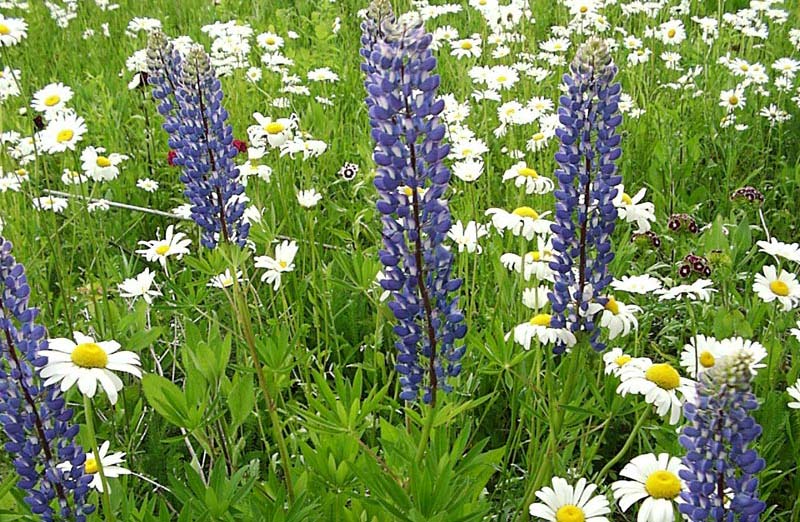

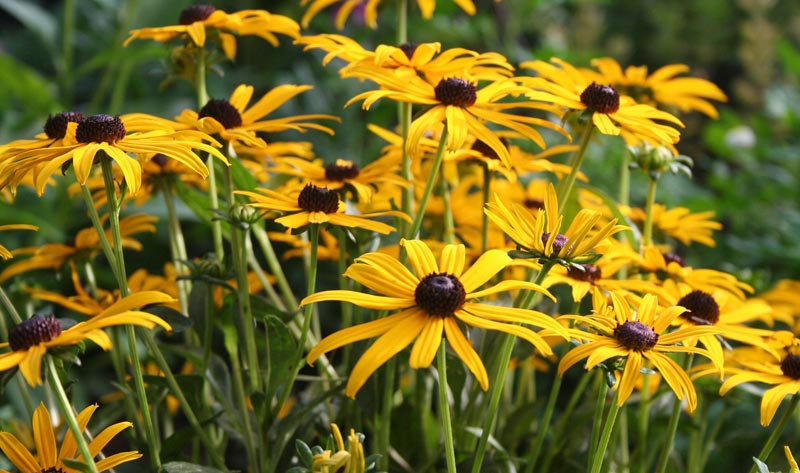

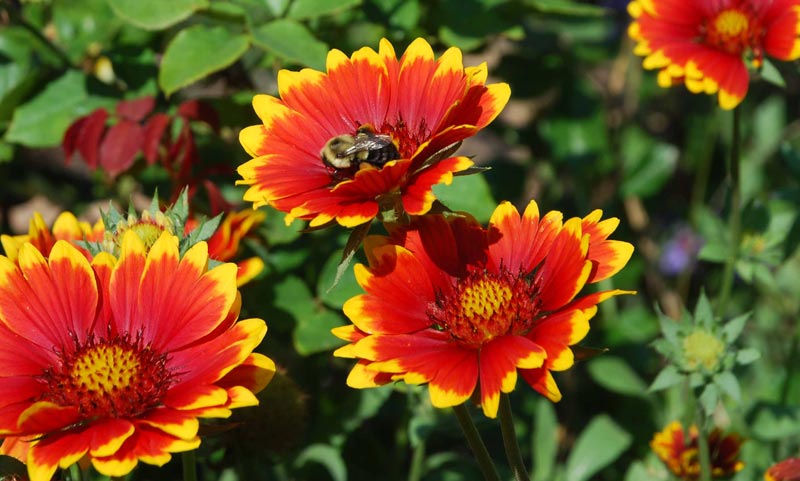

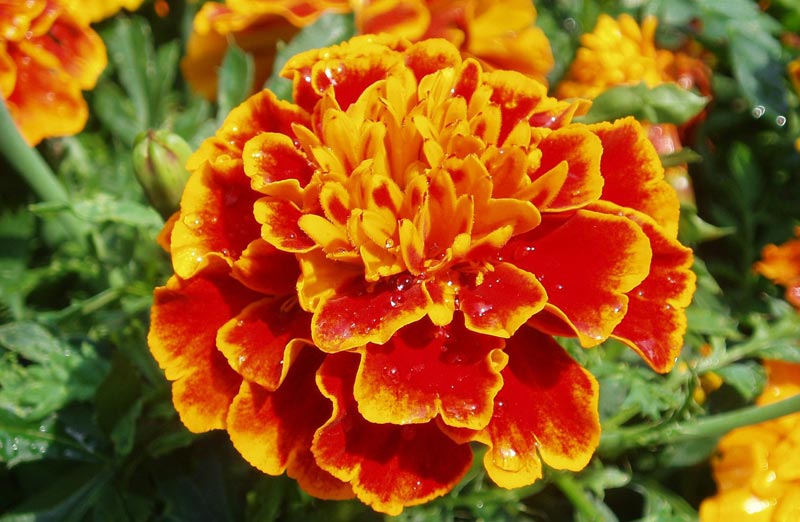
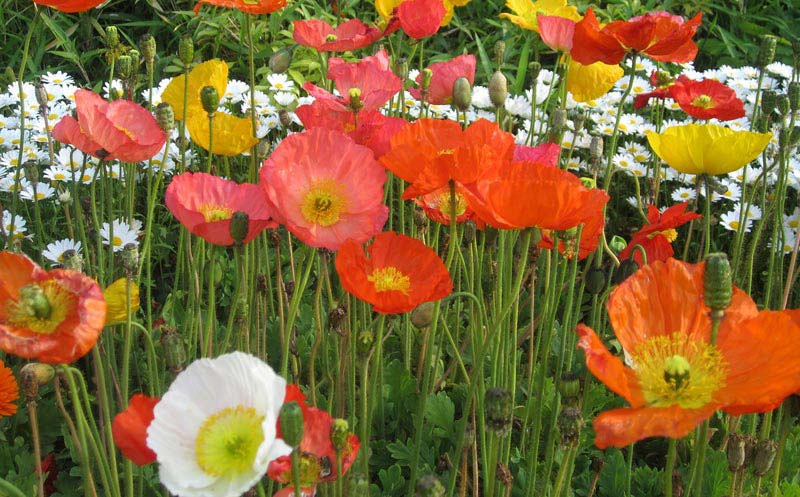
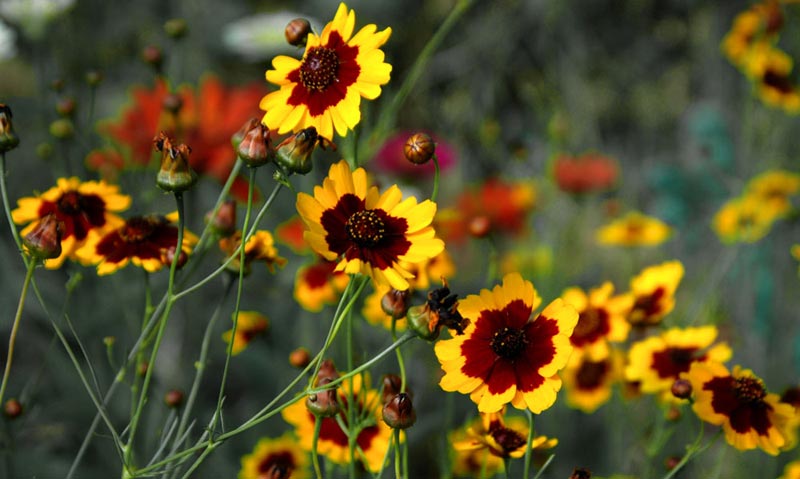
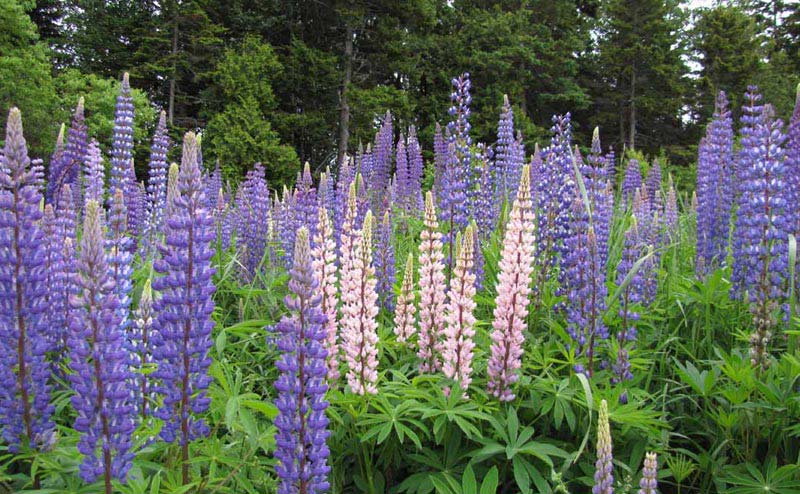
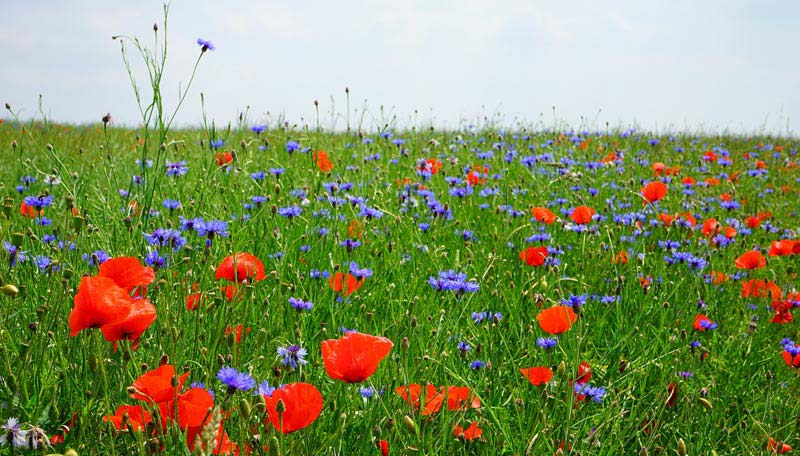

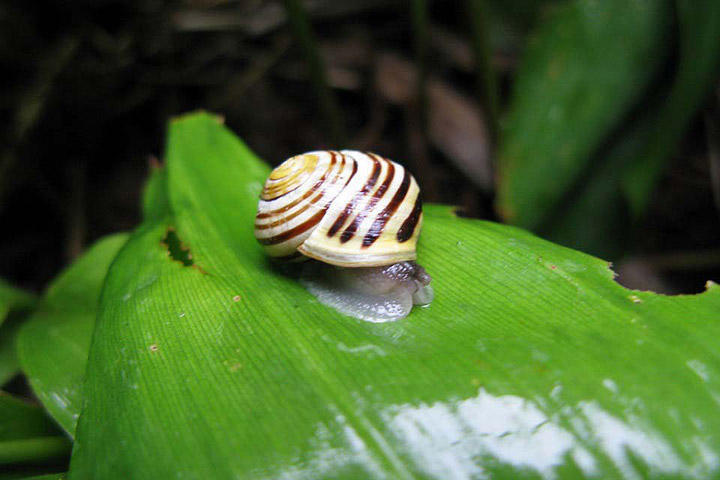
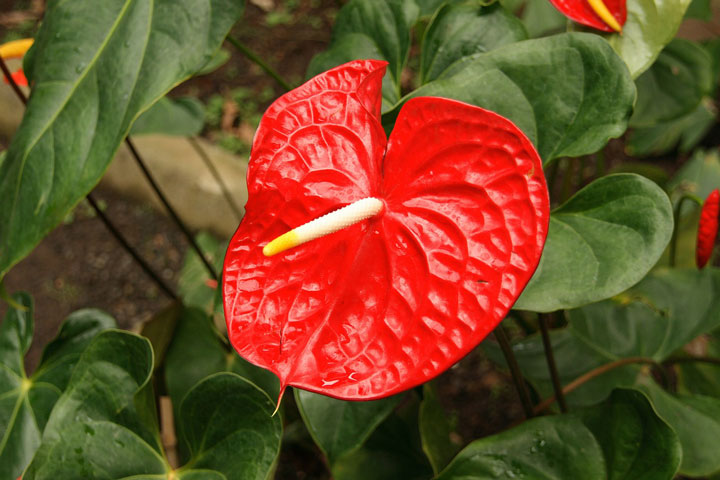
Leave a Reply